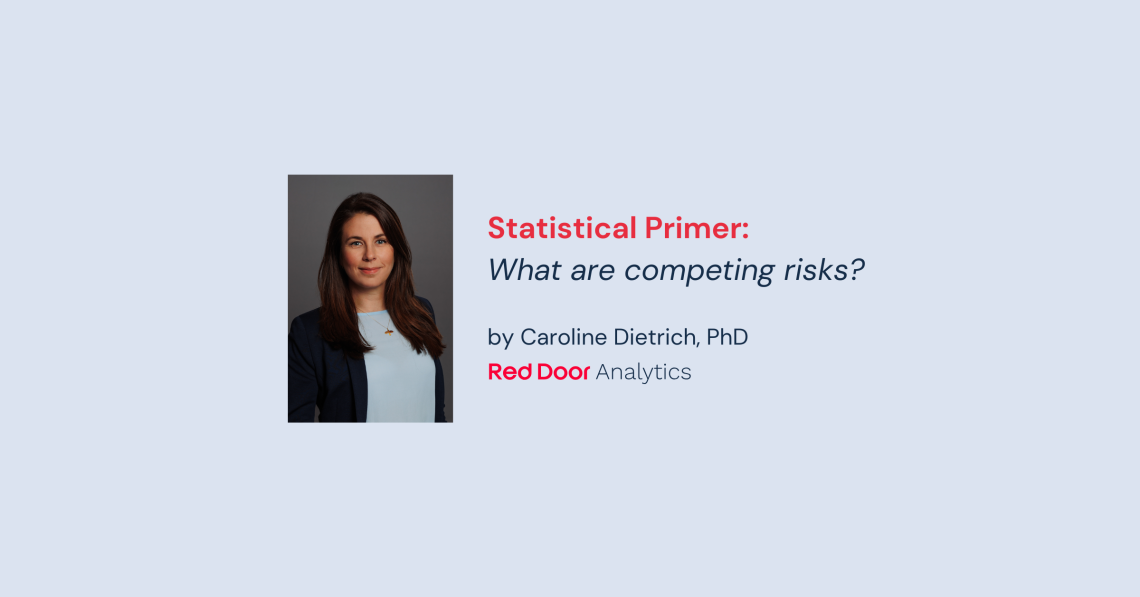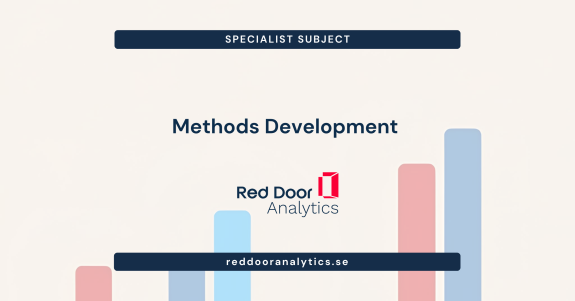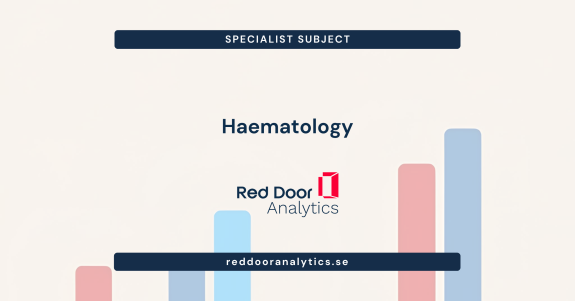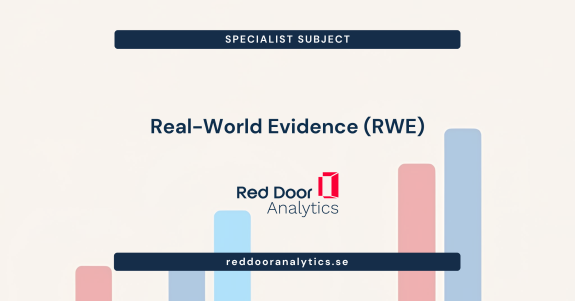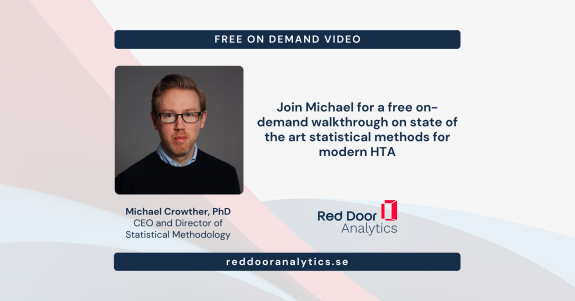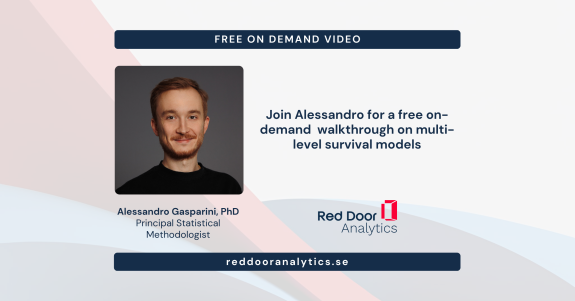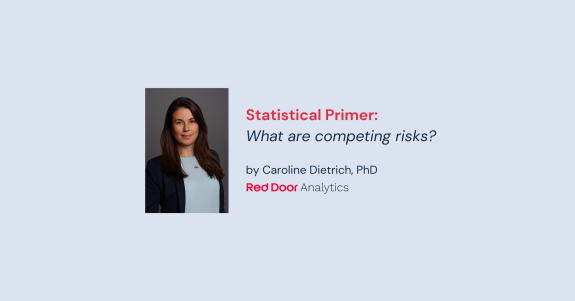Competing risks
In survival analysis, competing risks refer to the situation when an individual is at risk of experiencing an event that precludes the event under study to occur.
Competing risks commonly occur in studies of cause-specific mortality, as all other causes of death than the one under study might happen before the individuals “have time” to die from the cause of death of interest. For example, in studies of cancer-specific mortality among cancer patients, some individuals might die from a heart attack or stroke and not their cancer. In such cases, cancer death and non-cancer death are competing risks (or competing events).
The assumption of independent censoring is key to knowing how to run your analysis and how to interpret the results. This assumptions reads:
The time to the event of interest is conditionally independent of the time to other events precluding the event of interest to occur.
This means that in the example above, there shall be no factors that influence both cancer and non-cancer mortality other than those factors that have been controlled for in the estimation.
If the assumption holds:
The estimated survival proportions can be interpreted as estimates of the cause-specific survival in a situation without any competing events. And, the cause-specific hazard rates provide estimates of the rates that we would observe in the absence of competing events.
If the assumption does not hold:
The survival curves will be biased and cannot be interpreted as cause-specific survival estimates. However, the cause-specific hazard rates still have a useful interpretation as the rates that are observed when competing events are present.
Importantly, there is no test of the independence assumption (as we cannot observe both the event under study and the competing event), and whether or not to do a competing risks analysis depends on the research question at hand.

